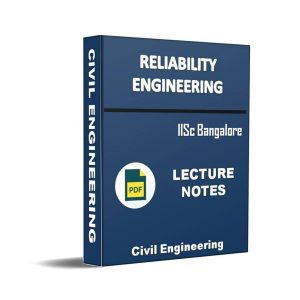Description
Name of Notes : – Hypersonic Aerodynamics Lecture Note
Introduction
Many crucial problems still remain unsolved in the field of supersonic and hypersonic aerodynamics. The interaction of turbulent boundary-layers with shock waves is one of them and therefore a subject of widespread interest in hypersonic aircraft design. If strong enough, the interacting shock can cause the boundary-layer to separate. The strong pressure gradients involved produce an increase in skin friction and heat flux. In the worst case, the heat flux can be so high that the local temperature reaches beyond the melting point of the surface material and hence, causes irreversible damage to the fuselage. To prevent this type of structural failure in future hypersonic aircrafts, it is necessary to gain detailed information on the phenomenon itself on one hand, and profound understanding of the physics involved on the other. Shock/boundary-layer interactions occur preferably at concave supersonic flow deflections like rudder actuations or inlet configurations.
Modules / Lectures
- Hypersonic Atmosphere
- Governing Equations and Hypersonic Relations
- Approximation in Hypersonic In viscid Flows
- Approximate and exact methods for hypersonic in viscid flows
- Hypersonic Boundary Layer theory
- Hypersonic Viscous Interaction
- Experimental hypersonic test facilities and measurements
- Hypersonic vehicle design consideration
- High temperature viscous flows and solution strategies
- References






Reviews
There are no reviews yet